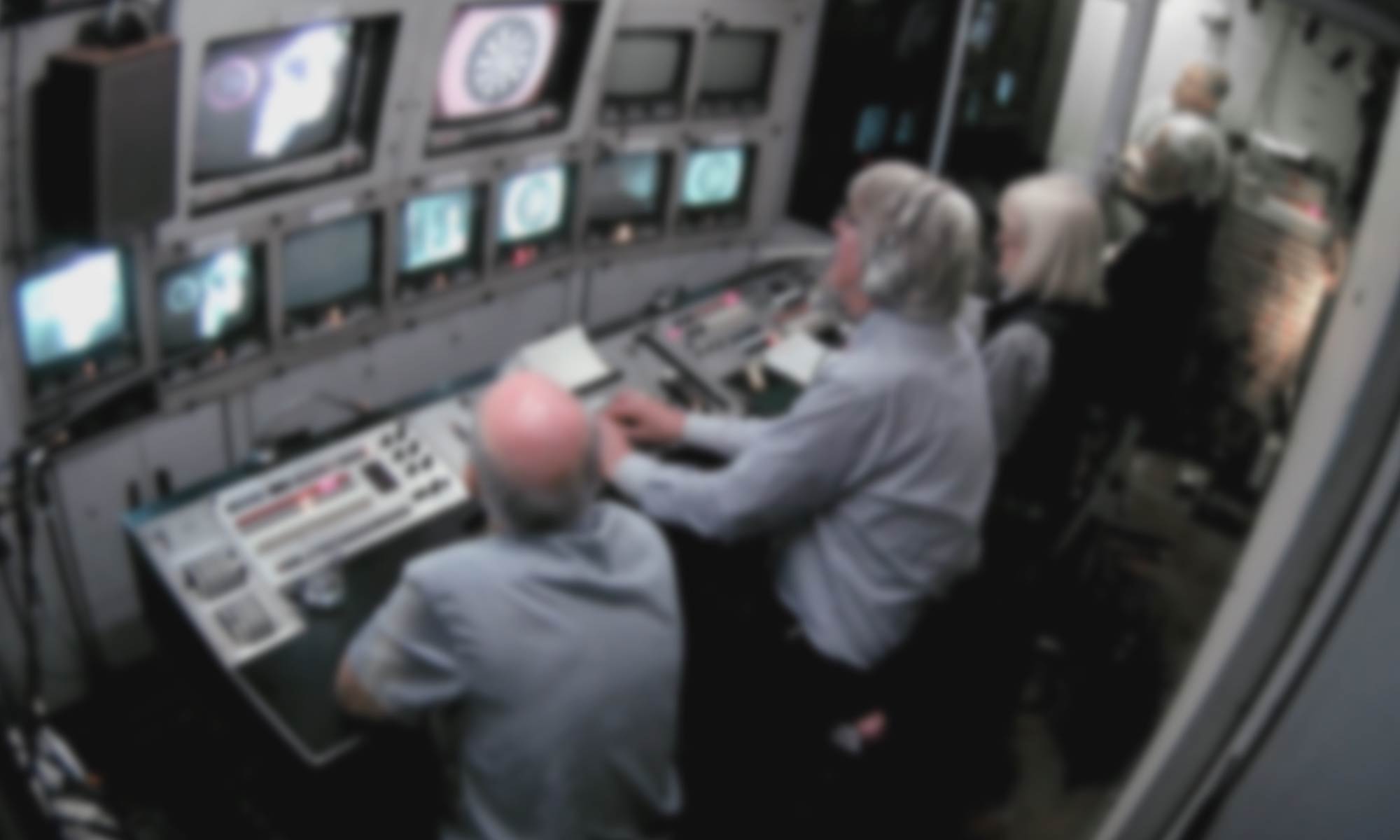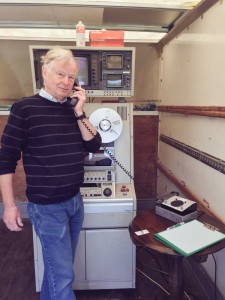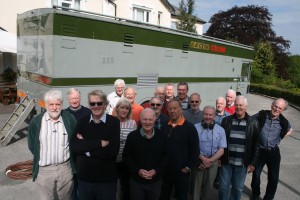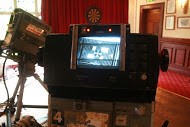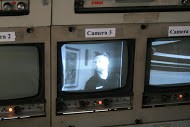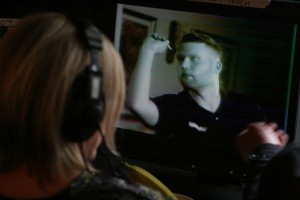On 2nd November 1936 the BBC miraculously broadcast its first official television show live, an event that changed the world forever. In a documentary celebrating 80 years of television (Television’s Opening Night: How the Box was Born, BBC Four, November 2nd 2016), the producers ‘recreated’ that show in a mission that proved just as challenging and hair-raising as back in the day.
In their attempt to restage the broadcast, two teams raced to represent both the mechanical ‘Flying Spot’ contraption built by Scottish engineer and inventor, John Logie Baird and Electronic Emitron cameras of this time. With no surviving camera from the era to lay their hands on the team embarked on the nigh impossible mission of rebuilding cameras themselves. The team led by Dr. Hugh Hunt, (Senior Lecturer in the Department of Engineering in Cambridge) and Danielle George (Professor in the School of Electrical and Electronic Engineering at the University of Manchester), had just over 6 weeks to the anniversary to come up with something that resembled the 1936 show complete with orchestra, contortionists, dancers and singers like Adele Dixon who opened the original show. Clearly they needed a feat of engineering to be able to record it in some sort of fashion that reflected the technological challenges of the day.
The latter is something we on the Adapt project are familiar with! Our entire research project is centered on recreating television events of the past to understand something of the challenges, trials and tribulations behind the scenes that drove what ended up on screen. Rather than building our own versions of cameras and kit and running it ourselves, our particular project relies on locating and somehow reviving old (often obsolete) kit, and recruiting veteran TV crews to work it all, doing the exact job they once did over 30-40 years ago. So we pick up from around the 1960s when, after a fair bit of digging around, man and remnants of machine from the period, can actually still be found!
As I sit here editing our vast amounts of footage from a fixed rig recreation of an early 1970s BBC outside broadcast, all those hairy moments feel very familiar! Images that rattle and shake, tubes that look like they may blow up at any minute, lights that could burn even from afar, searching for a location reminiscent of the period where you can actually get 50 kilo cameras in etc.
We didn’t quite have performing contortionists, though the 22 strong OB crew most in their 70s and 80s may argue that it felt that way when squeezed into the old Type 2 outside broadcast truck! We didn’t have a broadcast deadline to hit, but given the cost and the mission, we did create our own deadlines. Over the 3-day shoot we worked to a final day 3pm rehearsal and a 4pm ‘as live’ broadcast of our very entertaining (but very much of the day) 1970s-style darts tournament. This was all recorded on the hefty tube cameras –an EMI 2001 and Pye PC 80. The images are extraordinary!
Where the BBC Four documentary had The Gadget Show presenter, Dallas Campbell standing in for Lesley Mitchell (the actor turned radio announcer who made history in November 1936), we at Adapt had darts commentator John Gwynne bringing to life the kind of sports OBs that were BBC bread and butter in the 70s. Our restored ‘North 3’ outside broadcast filmed Grandstand, Wimbledon, football, rugby, Open golf – all the live sport that was typical Saturday viewing in most homes in Britain. For us it was a toughly fought darts match between the Griffiths brothers, with our Letraset captions and caption camera recording the score.
It was, of course, the engineers and technical crews who were the pioneers here; the real stars of the show, getting sound and image out of totally unpredictable, cumbersome and troublesome TV technology; building from scratch or adapting as they went, with soldering irons and 2ft-wide cables at the ready so it all looked smooth and trouble free as it transmitted live to audiences (the ‘lookers-in as they were once called). We owe so much to these guys (and they were sadly mostly men back then), as we now very much take for granted our 24/7 onslaught of digital imagery coming at us from every device.
Thanks to BBC Four, the Logie Baird story and the tech race of the day that led to that very first broadcast in 1936 has been brilliantly shared. The documentary can be found on BBC iPlayer until 2nd December 2016 or Learning On Screen’s Box of Broadcasts (BoB).
